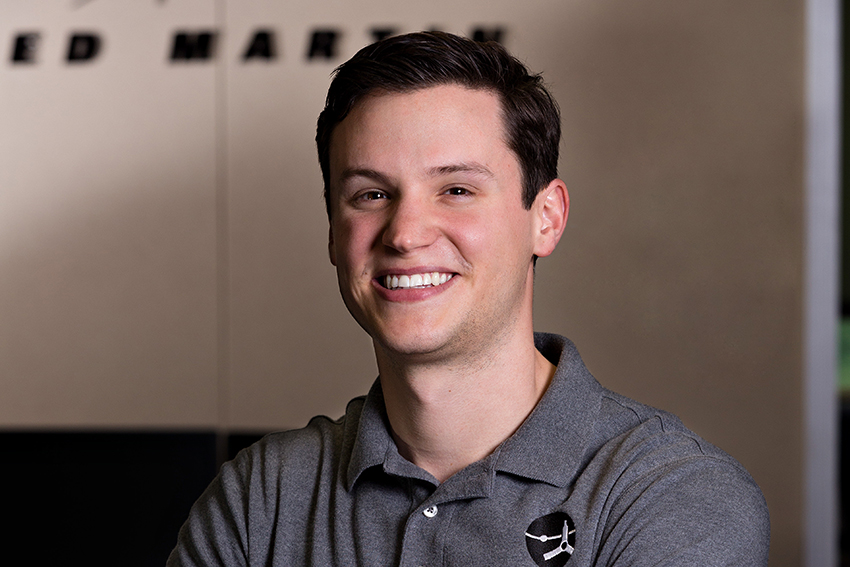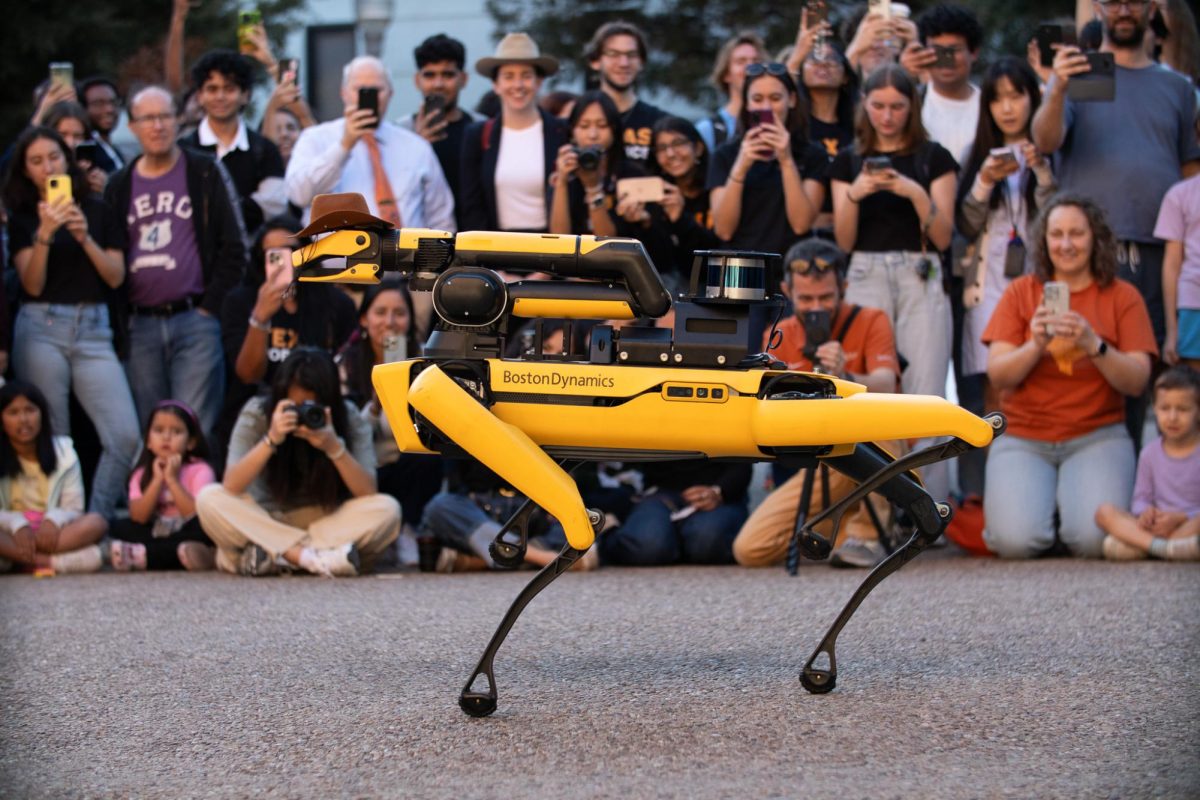While people watched fireworks on the Fourth of July, Bryce Strauss was concerned with something else in the sky: the space probe Juno.
Strauss, who graduated from UT in May 2015 with an aerospace engineering degree, works as a mission operation systems engineer for Mission Juno, a program that hopes to gather information about Jupiter. The probe launched from Cape Canaveral Air Force Station on August 5, 2011, and entered Jupiter's orbit on the Fourth of July. Strauss played a role in the Jupiter Orbit Insertion, or JOI, which involved firing Juno’s engines so the spacecraft could be captured by Jupiter’s gravitational field.
“There was a little bit of everything emotionally that night,” Strauss said. “But really it was pure excitement. Whenever that main engine burn began and we got that first tone that said ‘burn has started’ we were all on the edge of our seats, both excited and happy it had gone well.”
Strauss joined Lockheed Martin, a company that has teamed up with NASA for Mission Juno, a month after he graduated. The space systems division of the company, where he now works, is located in Denver, Colorado.
Strauss said he has always been curious about space.
“As a kid, space was extremely interesting to me,” Strauss said. “I always joke that the reason I started aerospace engineering was that I just built rocketships more than anything else with Legos.”
Before joining Lockheed Martin full-time, Strauss spent two summers interning for the company. During his first summer he worked on next generation fighter jets in Fort Worth, and the next summer he left for Denver, where he worked at Lockheed Martin’s space systems division on a weather satellite. There, the company designs, tests, and flies spacecrafts for a variety of customers. After this internship, Strauss was offered the chance to work on mission operations for Mission Juno.
Along with his team, Strauss said his general mission involves maintaining the Juno spacecraft.
“Our job is to make sure that the spacecraft is always healthy and safe,” Strauss said. “We are the team that actually operates the spacecraft daily and monitors all of its subsystems and takes a deep look into how the spacecraft is doing.”
Strauss’ individual role is to coordinate Juno’s different subsystems, which are structural pieces of the spacecraft that have certain purposes. Examples include the power subsystem, which monitors the battery and solar rays, or a subsystem that monitors the different temperatures on the spacecraft. His job involves managing the interface between the nine or so subsystems.
“A power specialist would come to me and say ‘Hey, this is what I wanna do’ and I look at how that affects everything across the spacecraft,” Strauss said. “If you raise the voltage of this then you have to do this and that. I look at how one change would affect everyone else.”
Strauss said that part of his job also involves building the code and commands for certain requests. He tests these commands, sends them to Juno and makes sure they are operating correctly on the spacecraft.
Jupiter is five AU away from Earth, with one AU signifying the distance between the Earth and Sun. Because of this it takes 48 minutes to send a command to Juno and another 48 minutes to receive a signal back. Strauss said that this delay in communication is the epitome of having to learn patience.
As a solution to this delay, mission operations team builds sequences, which are series of commands that are spaced and timed out to send to Juno. These sequences are faster than sending one command and waiting for a response before sending another.
“I think there is a misconception that we are sitting around using joysticks to do things,” Strauss said. “In reality we are really thinking about all of this commanding and processes making sure they operate nominally.”
Strauss said that the orbit insertion maneuver that took place on July 4 was a complex autonomous series of commands that would make sure Juno executed an engine burn. Leading up to the orbit insertion, he spent time analyzing the code and completing tests, but on the night of, he was able to sit back and just to watch the tones, or signals, that Juno was sending back to Earth.
For the next two years, Juno will orbit Jupiter and gather information about the planet. Strauss’ job will be to maintain the health and safety of the spacecraft as the commands being sent to Juno focus more on the science phase.
While the technical knowledge he gathered at UT has been vital, Strauss said the greatest lesson was simply how to grasp a lot of information very quickly.
“On the job, no matter what you do, you have got to hit the ground running and learn as much as you can as fast as you possibly can,” Strauss said. “I have been here for over a year and it is one hundred percent still the case.”
Strauss said that his job is challenging because he has to learn and understand very complex systems, grasp many different specialities and ideas all at once and recognize how one thing affects another.
“[My job] is incredibly difficult but also incredibly rewarding and I think that is why I wanted to be an engineer, why I do what I do, and why I love what I do,” Strauss said.















